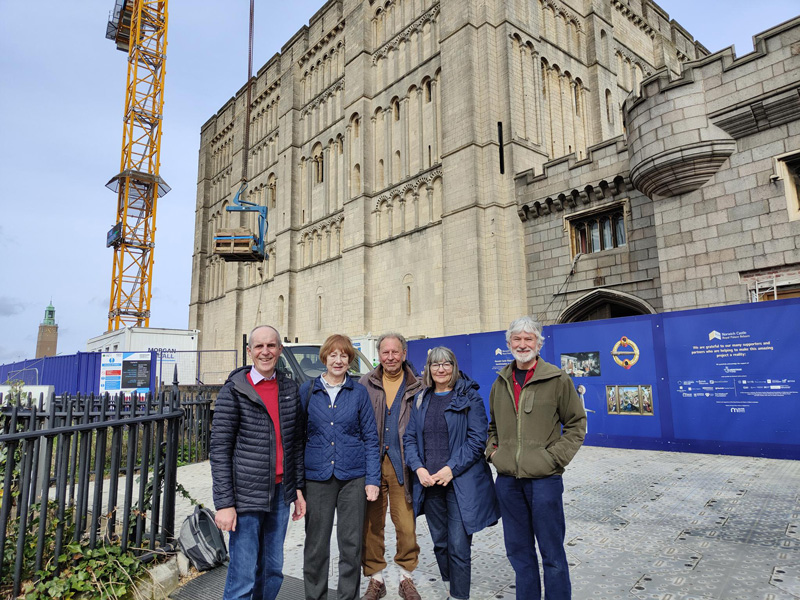 Respecting the past, shaping the future
Respecting the past, shaping the futureWaste blight has its sights set on Suffolk – “come clean”, urges SPS
Environmental campaigners have said a resounding “no” to the county council’s waste strategy for residual waste disposal after describing the policy as one that would potentially significantly damage vast areas of Suffolk countryside and harm the tourism industry.
Suffolk Preservation Society says Suffolk County Council’s ‘Waste Core Strategy’ is “fundamentally flawed” as it fails to give the public sufficient information to make informed judgements on the future of residual waste disposal in the county.
The society has also warned against introducing incinerator plants, saying the power station-style buildings, used to burn residual waste, would result in significant noise and air pollution as well as forcing the installation of more pylons across the countryside.
“We believe the strategy is fundamentally flawed by what it is not telling us,” said Simon Cairns, SPS Director. “How can we be asked to endorse a document that allocates large sites in rural locations for unspecified processes? Doing so may result in the approval of large scale incineration of the waste left over after other treatments.
“We’re urging the county council to come clean and let the public know what exactly they are signing up to. Let’s not become the dustbin of the east.”
As part of its strategy, the county council has identified four sites for incineration plants – Eye Airfield Industrial Estate, the former sugar beet factory site at Sproughton and the highways depot and Masons Quarry, both at Great Blakenham. Each would deal with over 100,000 tonnes of residual waste, which cannot be recycled or composted, every year.
“Landfill is now financially unattractive with a tax of £72 per tonne, and it seems that incineration plants are becoming an increasingly lucrative alternative for disposing of waste while producing energy at the same time,” added Mr Cairns. “However, although these plants may be cost-effective for operators, we believe that it will be the environment and people of Suffolk who will ultimately pay for their introduction.
“The buildings are huge edifices, with tall stacks producing a plume of emissions. Furthermore, they will need pylons to distribute the electricity to the national grid and will also be floodlit at night, impacting adversely on local communities causing light pollution for miles around.
“We also object to the strategy’s dependence on road transport to and from the sites, which will result in thousands of HGV movements pounding through the county and further afield. The potential noise and smell pollution, intrusion on the county’s tranquillity and visual and landscape impact may well blight Suffolk communities for years to come.”
However, SPS says the county council strategy is unclear. The site allocations and technology are treated as independent issues. So the community does not know what size or type of plant would materialise on any of the sites – and hence its impact is unquantifiable.
Mr Cairns added: “The proposed large Eye airfield site is of particular concern. It falls within sensitive open countryside remote from the supply of waste, and most people in the area appear to be unaware of the potential impact this plant would deliver to their doorstep.
“Now in our 80th year, we as a Society have launched an awareness campaign to highlight the implications of incineration plants which could adversely affect the quality of life of so many people in Suffolk.
“We are focused on helping people understand what they could face in the future – before it’s too late.”









